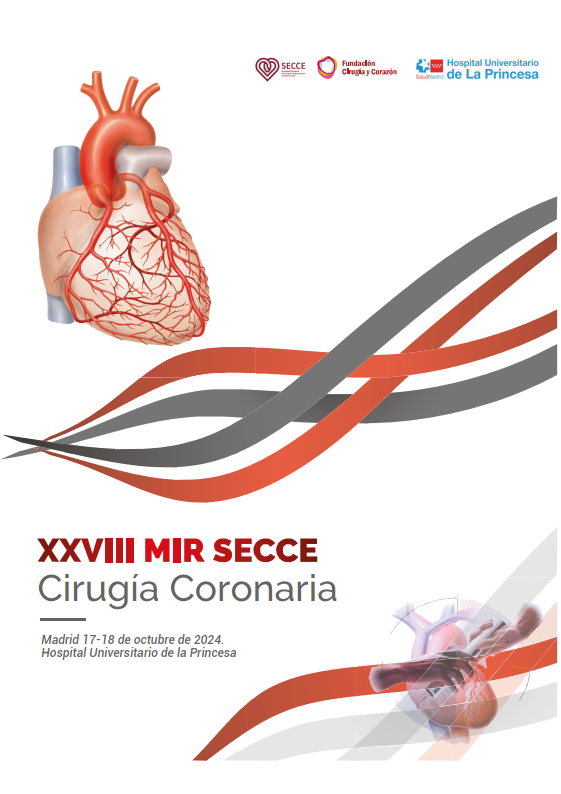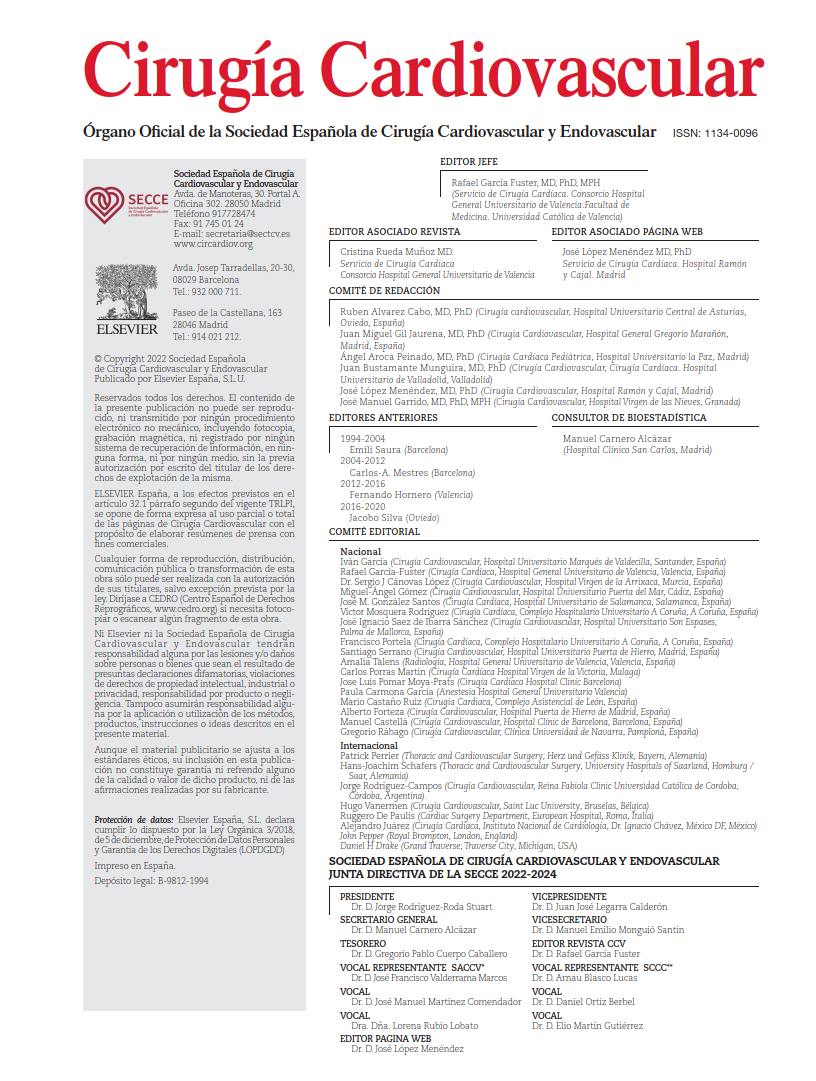The Danish-German Cardiogenic Shock (DanGer Shock) clinical trial, previously reviewed and analyzed on this blog, has marked a significant milestone in the treatment of cardiogenic shock (CS) complicating acute myocardial infarction (AMI). Patients treated with a microaxial flow pump (Impella CP®) combined with optimized medical therapy achieved higher 180-day survival compared with those managed with standard care alone. However, despite these favorable outcomes, the device was associated with an increased rate of complications. In fact, an earlier substudy evaluating renal failure in both groups found that patients receiving Impella CP® experienced a higher incidence of renal failure and required more frequent use of renal replacement therapies—findings also discussed previously on this blog.
Given the increased complication rates, the investigators questioned whether advanced age could potentially limit the prognostic benefit of this device-based strategy in post-AMI CS. To address this, they proposed a new substudy analyzing and comparing survival and complications across the two DanGer Shock cohorts based on patient age.
The original clinical trial enrolled 355 patients with AMI-related CS over a 10-year period, randomizing them to Impella CP® support (n = 179) or standard medical care (n = 176). Exclusion criteria included right ventricular failure, mechanical complications of AMI, and out-of-hospital cardiac arrest without regaining consciousness. For this substudy, patients were stratified into age quartiles (Q1: 31–59 years; Q2: 60–69 years; Q3: 70–76 years; Q4: 77–92 years), and 180-day survival, complication rates, and need for mechanical circulatory support escalation were compared within each quartile according to treatment group. Based on the results, a secondary analysis divided the cohort into two groups: <77 years and ≥77 years.
Regardless of treatment assignment, older age correlated with increased 180-day mortality (31%, 47%, 61%, and 73%, respectively, across quartiles; p < .001), without differences in overall complication rates. When stratified by treatment, Impella CP® reduced mortality up to the third age quartile, but no survival benefit was observed in the oldest quartile. Further, in patients younger than 77 years, Impella CP® was associated with a lower 180-day mortality (OR = 0.45; 95% CI: 0.28–0.73; p = .001), whereas no significant difference was found in patients aged ≥77 years (OR = 1.52; 95% CI: 0.57–4.08; p = .40). Complications were more frequent in patients treated with Impella CP® across all age quartiles, except for bleeding events in the youngest group, which were more common in the standard-care cohort, likely reflecting increased rates of mechanical support escalation.
The authors concluded that elderly patients with CS after AMI exhibit a high mortality rate and may not derive prognostic benefit from routine Impella CP® use.
COMMENTARY:
Age has long been established as a major risk factor for mortality in post-AMI cardiogenic shock, independent of shock severity assessed by SCAI classification or early revascularization, as previously demonstrated by the SHOCK trial. This finding is reaffirmed in the present DanGer Shock substudy, where stratification by age quartiles revealed a linear increase in mortality rates with advancing age. Notably, baseline characteristics at randomization—including lactate levels, blood pressure, SCAI shock stage, left ventricular ejection fraction, and revascularization outcomes—were comparable across quartiles, underscoring age as an independent predictor of mortality.
When assessing treatment impact by age group, systematic use of Impella CP® showed superior outcomes compared with standard therapy alone in the first three age quartiles, up to the age of 77 years, with a statistically significant interaction between age and device therapy (p = .028). Thus, 77 years could be proposed as the threshold beyond which Impella CP® support enters the range of futility—a value notably close to the 75-year cutoff identified in the SHOCK trial for the benefit of early revascularization. Nevertheless, despite the strengths of the study design, caution is warranted before adopting this cutoff universally. The study protocol mandated maximum support for at least the first 48 hours, and forcing a high degree of support or unnecessarily prolonging device use may offset potential benefits, particularly in elderly patients who could be more susceptible to device-related harm. A more tailored, hemodynamics-driven approach aimed at minimizing support duration might yield different outcomes, considering that complication rates with any ventricular assist device increase with prolonged use.
One might hypothesize that the absence of benefit in the oldest patients could be due to a higher incidence of device-related complications. Interestingly, this was not the case: complication rates did not differ among age quartiles in the Impella CP® group. This likely reflects a selection of healthier elderly patients, a consequence of the strict inclusion and exclusion criteria of the DanGer Shock trial, resulting in a lengthy 10-year recruitment period. This hypothesis is further supported by the lack of significant differences in comorbidities across age groups, except for hypertension and female sex, suggesting that the oldest cohort may not fully represent the frail elderly population commonly encountered in daily practice.
Finally, as highlighted in the accompanying editorial, despite this selective inclusion, elderly patients with advanced CS (SCAI stages D/E) exhibited extremely high 180-day mortality rates, with only 4 out of 34 patients surviving (88.2% mortality), regardless of treatment strategy. This underscores the extremely poor prognosis of these patients and should prompt serious consideration before initiating mechanical circulatory support.
Despite its limitations, this DanGer Shock substudy challenges the broad application of Impella CP® in older patients with post-AMI CS. Nonetheless, age alone is merely a numeric value and may be misleading in certain cases. Rather than relying solely on chronological age, assessing biological reserve or “biological age,” considering frailty and geriatric syndromes, would better guide the selection of candidates for mechanical support, aiming to maximize recovery chances in the robust and avoid futile interventions in the frail.
REFERENCE:
Klein A, Beske RP, Hassager C, Jensen LO, Eiskjær H, Mangner N, et al. DanGer Shock Investigators. Treating Older Patients in Cardiogenic Shock With a Microaxial Flow Pump: Is it DANGERous? J Am Coll Cardiol. 2025 Feb 18;85(6):595-603.
Samsky MD, Kadosh BS, Nanna MG, Rao SV. The DanGer of Using Age to Decide About Using Microaxial Flow Pumps in Cardiogenic Shock. J Am Coll Cardiol. 2025 Feb 18;85(6):604-605.



